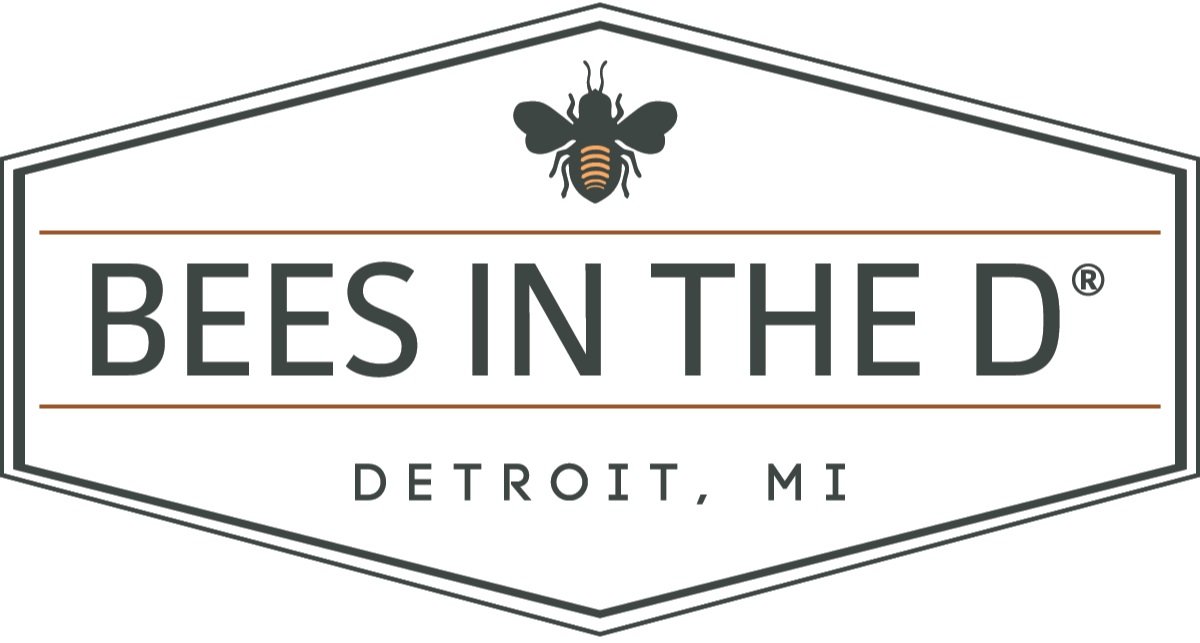WHAT IS
NO MOW MAY?

What’s the problem with a normal lawn?
With 40 million acres dedicated to them, lawns are the largest irrigated crop grown in the US. Maintaining them requires significant effort and resources, such as mowing, fertilizing, weeding, and chemical treatments, which can be time-consuming and expensive.
Despite this, lawns offer minimal benefits to wildlife and can even be harmful due to their lack of floral resources and nesting sites for bees, as well as the use of pesticides.
The common association with habitat loss is usually linked to images of bulldozers and damaged earth, yet the loss of habitat caused by well-maintained lawns covering acres can be just as significant as any construction site.
So, what is 'No Mow May'?
Simply put, it is an effort to allow grasses to grow undisturbed for the month of May. This means that you won't mow your lawn or use any other lawn equipment that could disturb the growth of the grass. Instead, you can sit back, relax, and enjoy the beauty of your lawn in its natural state.
But why do people participate in No Mow May? At the onset of the growing season, hungry and recently emerged native bees face a critical period. In urban and suburban areas, it may be challenging to locate floral resources. However, you can assist your bee neighbors in thriving by allowing your lawn to grow for a more extended period, letting the flowers blossom, which provides pollinators with nectar and pollen. Reducing the frequency of mowing your lawn establishes a natural habitat, which, in turn, can enhance the diversity and abundance of wildlife, including bees and other pollinators. As an added benefit, letting your grass grow longer can lead to needing to water your lawn less!
Who can participate in 'No Mow May'?
Many cities in the Metro-Detroit area have ordinances that prohibit residents from participating in 'no mow May.' However, we've partnered with Uprise Labs, another Detroit-based nonprofit, to create a map of the cities where participation is allowed. By compiling these ordinances, we aim to help you determine whether your city is among those that permit residents to participate in this initiative.
What if my city doesn’t allow for 'No Mow May'?
For those looking for a more flexible alternative to 'No Mow May,' we suggest trying what we call 'Mow Less May.' This approach allows you to continue mowing your lawn, but less frequently. By doing so, you can still enjoy many of the benefits of 'No Mow May' without risking the potential city fines.
What's more, 'Mow Less May' offers some unique advantages. We initially started promoting this approach because, due to climate change, Michigan grass is growing longer and faster than we are used to seeing in May. If left unattended, the grass can quickly become too long to mow effectively later on, making it harder to maintain your lawn in the long run.
Moreover, allowing grass to grow to 12-18 inches can negatively impact your lawn's health. If it is cut, it will be harder for nature to break down the grass and convert it into nutrients for your lawn. By reducing the frequency of your mowing sessions, you can still maintain a healthy and well-kept lawn while avoiding potential issues down the line.
So, what is the best way to help pollinators in the spring?
While 'No Mow May' and 'Mow Less May' both are easy ways to help pollinators, the best way to support these important creatures is to skip the lawn entirely and embrace a more diverse and sustainable landscape.
By planting a variety of native plants, providing natural nesting sites, reducing pesticide use, and spreading the word about pollinator conservation, you can create a thriving ecosystem that supports not only pollinators but also birds, mammals, and other wildlife.
So let's all do our part to protect the over 3,600 species of bees in the US and create a healthier and more sustainable environment for ourselves and future generations.






